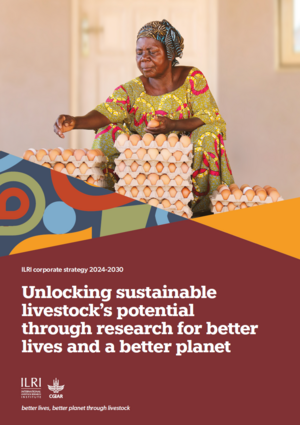

Sequencing platforms
SEQUENCING PLATFORMS
High throughput sequencingtechnologies (HTST) have been build using a combination of expertise from different fields of science including chemistry, molecular biology, software, and engineering. Most of the current HTST (except for the Oxford Nanopore technology) have been built upon the principle of the Sanger’s Nobel prize winning discovery of dideoxynucleotide chain termination reaction.
As a general principle, next generation sequencing (NGS) involves the DNA molecules, which are sequenced in a massively parallel fashion. Sequencing occurs through a series of connected iterative steps or through a continuous real-time process. The NGS involves a highly parallel process, where DNA template molecules are sequenced in clonal template format or as an array of single molecules, but each individual template molecule sequenced is counted and contributes to the total sequence reads generated.
ILRI sequencing platforms continues to grow in keeping with the dynamic modern genomic technological advancements. Currently the platform runs both Illumina and Oxford Nanopore technologies.
Illumina technologies:
MiSeqs
Under this platform we offer a rapid (accelerated turnaround time), versatile capability with wide range of sequencing applications (targeted and small genome sequencing, adjustable read length (Up to 15 Gb of output with over 25 million sequencing reads and 2 x 300 bp read lengths), timely variant detection) and cost-effective DNA-to-data sequencing services. The MiSeq platform is also used for immunogenetics where we profile T and B-cell receptor repertoire. The MiSeq capability integrates cluster generation, amplification,

sequencing, and preliminary data analysis. For targeted services the platform offers resequencing, clone checking, amplicon sequencing, metagenomics and RNA/targeted gene expression and profiling applications. A team of trained and skilled staffs work to deliver timely and excellent services (Fig. 1 &5).
Under the Small genome sequencing, detailed analysis of microbial or viral genomes services are offered for public health, epidemiology, and disease surveillance with a potential to sequence up to 24 small genomes per MiSeq run.
NextSeq 550
With NextSeq 550 platform we undertake whole-genome sequencing, whole exome sequencing and single-cell RNA-Seq for research in a range of applications including pathogens sequencing, zoonotic diseases, public health and agrigenomics (for example marker identification), food safety, metagenomics, immunogenetics and many other applications requiring relatively mid-high output sequence data.

HiSeq 2500
The platform also performs ultra-high throughput genomic sequencing for plants and higher eucaryotes using Illumina HiSeq 2500.
Oxford Nanopore Technologies:
Through the nanopore sequencing technology we offer direct real time analysis of short to ultra-long fragments of DNA/RNA:
• In fully scalable formats thus provides rapid access to time bound essential information (pathogen detection)
• important insights on sample composition.
ON Technologies offered within our platform include:
MinION
With MinION we offer various applications including:

- Whole genomes
- Metagenomics
- Targeted sequencing
- Whole transcriptome
MinION Mk1C
An improved MinION platform fully integrated to compute and display the output concurrently thus synchronously generate and analyse nanopore data at the same time.
Flongle
Under Flongle system we apply an adapter for MinION thus allowing us to offer direct, real-time DNA sequencing, or cDNA sequencing on smaller, single-use flow cells.





